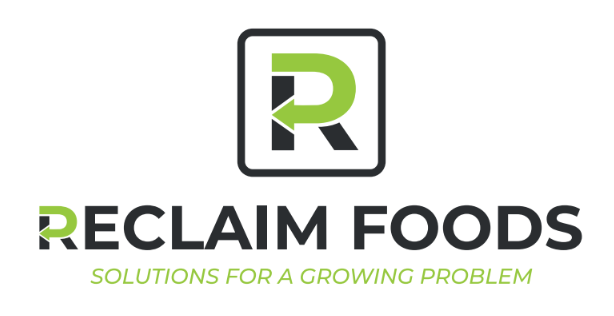Solutions for a Growing Problem
Everyone can help
We want to create a future where millions of Australians will have the power to prevent food wastage with the products they buy. Our goal is to prevent food waste by educating young people to value food, reduce food loss and grow demand for the upcycle food industry.
Did you know that a third of global food production is waste? In fact,
Over 7.3 million tonnes
of food wasted was generated in Australia in 2016-17
Up to 25%
of fruit and vegetables never leave the farm.
A$2.8 billion
a year is what food waste costs farmers in Australia
3% of GHG emissions
in Australia every year are attributable to food waste
Reclaim Foods was created to redefine how we use organic waste
Reclaim Foods offers an innovative alternative to conventional food waste disposal methods like landfills or feeding animals. By turning surplus food into a profitable opportunity for farmers, processors, retailers and foodservice providers, our solutions are turning food waste into a valuable asset. With responsible purchasing, millions of Australians can also contribute to reducing food waste and help create a sustainable future.
Food for Thought
Reducing Food Waste in Supply Chains through Innovative Approaches: An Overview
Food waste is a global challenge that affects both the environment and the economy. In the supply chain, food waste occurs at various stages from production to retail and consumption. This problem is particularly pronounced in developed countries, where high levels of...
Repurposing Food Waste: A Circular Economy Approach for our Food System
Food consumption and waste generation are expected to increase as the world population increases. According to the United Nations, the Asia and Pacific region has a population of 4.6 billion people, accounting for around 60% of the world’s population, and it is...
Food waste in Australia: the reality
Food waste is a global issue that has significant consequences for both the environment and the economy. In Australia, the problem of food waste is particularly pronounced, with over 7.3 million tonnes of food wasted in 2016-2017 alone.[1] This waste is not...
So, What’s Upcycling?
Food upcycling is the process of transforming food waste or surplus food into new, more valuable food products.
This helps to reduce food waste, conserve resources, and create new revenue streams for businesses. Examples of food upcycling include converting food waste into ingredients for other products, such as baked goods, fermented foods, and animal feed. By upcycling food, companies and individuals can reduce their environmental impact, improve their bottom line, and create new food products that add value to the food system.
Why So Much Food Waste?
Fruit and vegetables are the second largest commodity contributing to food loss around the world. Food wastage happens across the supply chain for a number of reasons:
Overproduction
One of the biggest causes of food waste is simple: we create more food than we need. On average, Australia produces enough food for more than 130 million people – five times our population.
Transport Damage
Fresh and processed food can be damaged during transport and storage, making it hard to sell to consumers. Broken packaging, bruised fruit, and crushed containers can all lead to edible food being thrown out.
Processing
When fruit and vegetables are processed into other products like juices and muesli bars, there’s often waste in the form of pulp and off-cuts. Learning how to use every part of the foods we eat goes a long way to cutting down food waste.
Visual Quality Demands
We’re used to fresh produce looking bright, colourful, and symmetrical. When fresh fruit and vegetables are unusal sizes, colours or shapes, they’re often thrown out or rejected by big retailers.
We’re for local farmers
Helping 1000 is our goal
When farmers discard fruit and vegetables, they’re throwing away money as well.
Each piece of produce costs water, time, and labour to produce – and food waste means those farmers get nothing in return.
By collaborating with local Aussie growers to upcycle unwanted produce, we’re not just helping save the planet. We’re putting money back in the pocket of the people who feed our country.
Get Involved
“Farm productivity improvement is difficult to deliver; addressing food loss reduction offers a simpler way to improve farm gate profits.”



